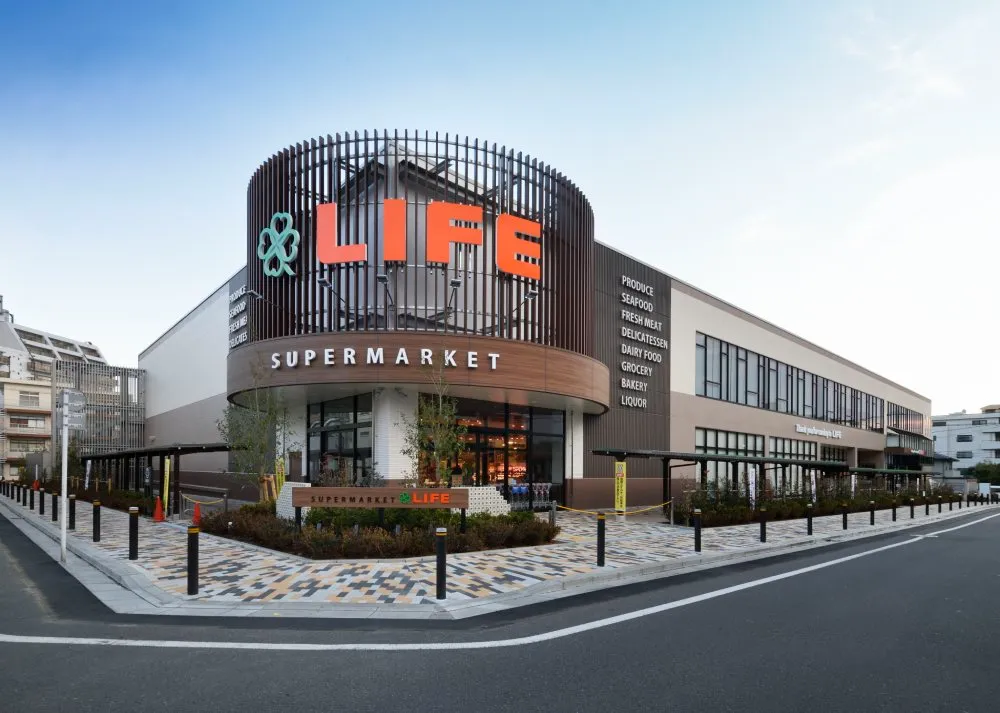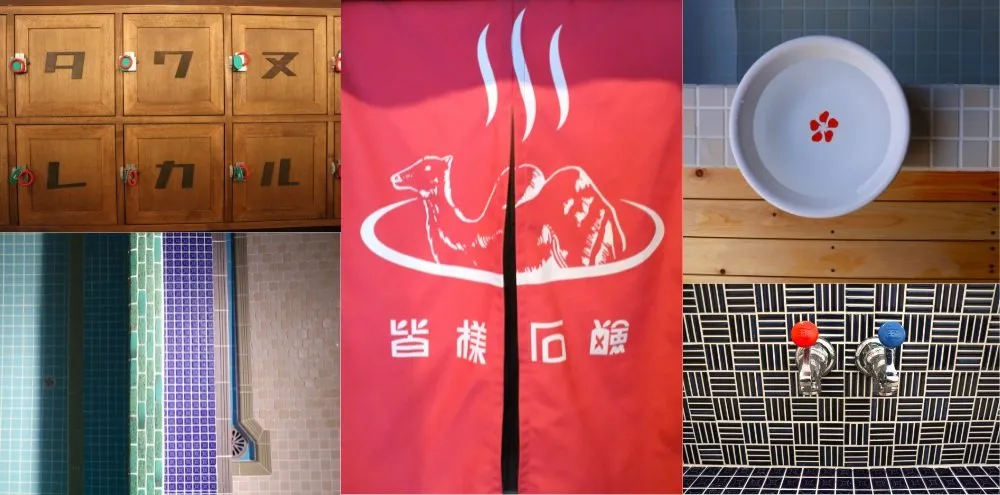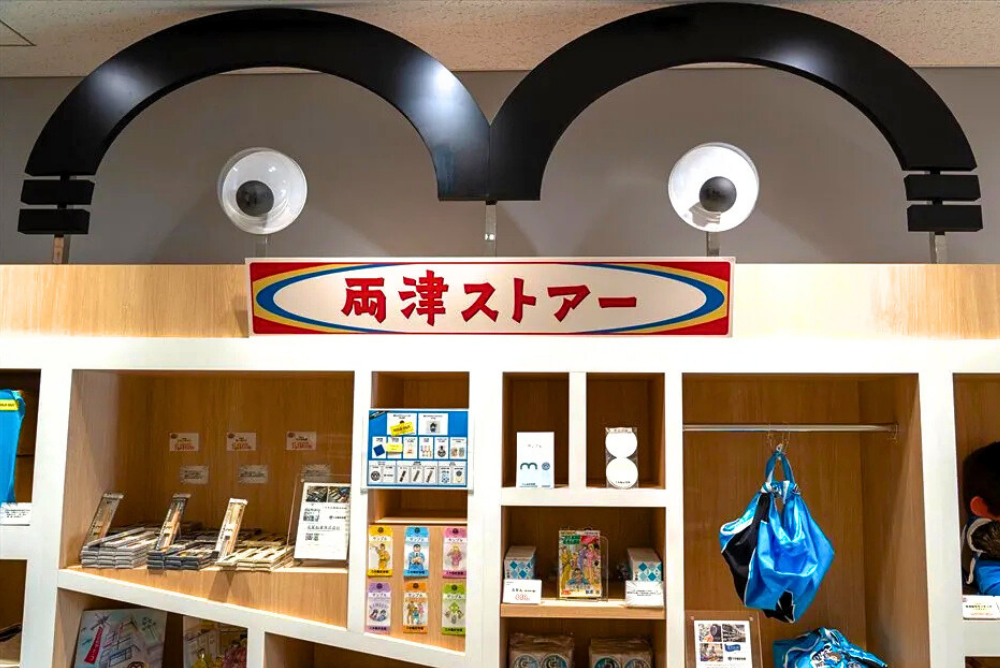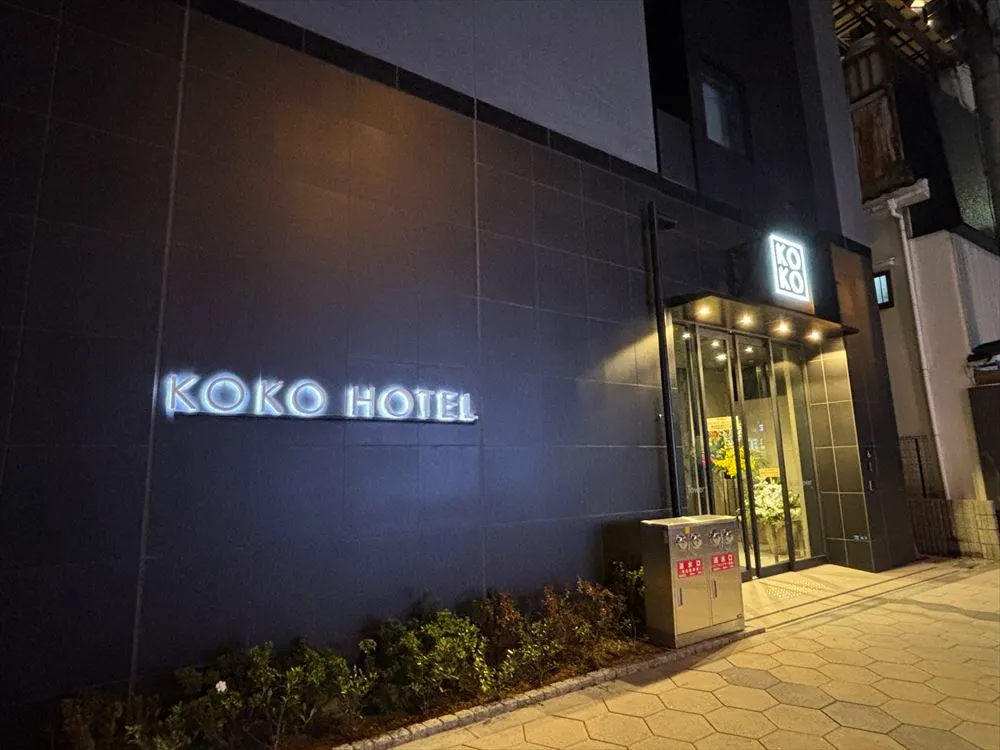EBISU / DAIKANYAMA
EBISU / DAIKANYAMA
EBISU / DAIKANYAMA

Ebisu
A brewery producing beer was first built in Ebisu in 1889 and the three storey building at the time looked as if it had been transplanted from Germany – a nation famed for its beer even then. Using authentic German machines, German brewers soon after started the production of real German beer. Ebisu Beer, which first went on sale in 1890, was an instant hit and when a cargo station was later erected nearby and was subsequently named “Ebisu” station, it was a very rare example of a town being named after a local product.
Over time Ebisu developed into a combination residential, industrial location and following the opening of Ebisu Garden Place in 1994 and then Atre Ebisu in 1997, the Ebisu area changed rapidly into the area we know today though the atmosphere of yesterday still lingers in and around the station area; the maze of small alleys adding another taste to this already deliciously inviting locale.
In recent years, many new shops have opened around the West exit of the station, the opposite side to Ebisu Garden Place and the hottest spots to be seen are now the stand-up bars. Linking past and present, scores of famous ramen shops remain in Ebisu and being close to Shibuya and Roppongi, Ebisu is one of the most popular and attractive places to visit in Tokyo.
EbisuGarden Place
Ebisu Garden Place was opened on the old Sapporo Beer Ebisu Factory site in 1994 and is just a five minute walk from JR Ebisu Station using the Ebisu Skywalk (a moving walkway). In the extensive grounds of Ebisu Garden Place are hotels, a department store, movie theaters and event halls. As chic as chic can be, the location is sometimes used in shooting TV dramas and also hosts one of the largest beer halls in Japan, along with a wealth of restaurants (Japanese, Western and Chinese dining are all to be found here). “Glass Square” was built in the fall of 2002 and hosts 25 shops set in a glass wall surround. From the observatory on the 38th and 39th floors of Ebisu Garden Place Tower, the skyline of Shibuya and Shinjuku can be seen free of charge. The outstanding night views of Rainbow Bridge, Tokyo Tower, Yokohama Bay Bridge and Japan’s tallest building, Landmark Tower can be enjoyed from the restaurants on the top floors.
Beer Museum Ebisu
The Beer Museum Ebisu exhibits the history and science of beer production in addition to covering the pleasure of beer drinking as you eat. The brewing process can be witnessed in the virtual adventure attraction which uses the latest technology to make visitors feel as if they themselves are exploring the micro world. With the main theme throughout being that of beer, it is only natural that visitors may taste fresh beer. The tasting lounge provides new Sapporo Beer products, fresh beer and limited brew beer. Although charged, it is a great opportunity to enjoy beer in the perfect surroundings. A set of 4 kinds of beer for just 400 yen is a recommended buy to let you properly compare the differences in taste. Wine is also provided. The Tokyo Metropolitan Museum of Photography is a special museum of photography and film for the art buff and so, when added onto a chance to sample German fare and fresh beer at Ebisu Beer Station (in Ebisu Garden Place) as well as a visit to Atre Ebisu – just above the JR Ebisu Station, it is a more than pleasant way to enjoy Ebisu – day or night.

Daikanyama
For style, excitement, greenery and even a maze – Daikanyama has it all. A well known high-class residential area with several embassies and foreign residencies adding to the atmosphere of the town, many unique shops and restaurants are dotted around the tree lined streets which feature some of the capital’s more ancient of shade giver, and are particularly prominent near Hillside Terrace, the most famous building in Daikanyama, making a walk in this neighborhood a rather satisfying way to spend time and while away the hours. A little known local fact is that Daikanyama is home to several ancient burial mounds. Round barrows in the Hillside Terrace grounds are called “Sarugaku-zuka” and were built during the 6th and 7th centuries AD. Sarugaku-zuka Kodai Jukyo-ato Park (meaning; Sarugaku-zuka ruins of an ancient house park) is nearby. The ruins of one time pit dwelling houses dating from the Yayoi Era (the period between the 4th century BC-the 3rd century AD) are preserved in fine form – amazing indeed considering this to be the heart of such a major metropolis.
Tokyu Transse, a mini bus running a circular route from Shibuya to Daikanyama in approximately 20 to 25 minutes is a convenient and sometimes fun way for visitors to see the area.
Kyu Yamate Dori Street and Daikanyama Hillside Terrace
The Kyu Yamate Dori is a beautiful street, full of greenery and ideal for strolling along. Embassies, cafes, a church and various shops line the street.
The first building of Hillside Terrace was built in 1969 and ignited Daikanyama’s popularity fuse. The geometric design and white walls complement the fashionable town of then and now as if designed specifically to do so. As buildings were gradually added, over the last 30 years, Hillside Terrace and the town of Daikanyama have developed hand in glove with the statues and artwork seen around the grounds only adding to the artistic feel of the area.
A new addition to the area is the lacquer ware sold at Yamada Heiando in the G building. With items including Wajima-nuri lacquer ware on sale the products available here suit both traditional and modern tastes and from a practicality point of view, fit in well with modern life. Prices range from the reasonable to the more expensive but for those looking outside the scope of such pieces; stationery and smaller articles are also on the shelves.
Terra in the C building is a ceramics shop which also holds classes for those interested in making their own pottery. Not all classes are taught in Japanese and non-Japanese are welcome to attend – so why not give it a go and throw some clay?
Tom’s Sandwich in the same C building is one of the most popular sandwich shops in Daikanyama and daily offers hearty fare, far removed from the usual tastes of fast-food shops elsewhere.
Hachiman Dori Street
Fashionable and well known buildings including La Fuente Daikanyama, Daikanyama Address and Daikanyama Place (‘Place’ pronounced as in the French) line Hachiman Dori and are themselves the landmarks of Daikanyama. La Fuente plays host to various types of shops dealing in select goods, some unique cafes and bars and more. Daikanyama Adress is directly connected to Daikanyama Station and hosts a high-rise apartment building, a park, a gym and a supermarket as well as stylish boutiques. Fashionable shops encompass the large courtyard of Daikanyama Place where the terrace of the courtyard doubles as an open-air cafe.
The Alleys of Daikanyama
There are hundreds of alleys in the Daikanyama area. Excluding the three major streets of Kyu Yamate Dori, Hachiman Dori and Komazawa Dori, the back alleys to the rear of the houses with their centuries old trees, serve to complicate the land features as the alleys lead you to believe you are somewhere you are not – in the heart of the countryside as opposed to the center of the city. This is the real charm of Daikanyama; it is as if time stands still but with the latest fashions all around
Access
Ebisu: Ebisu Station is on both the JR Yamanote and Tokyo Metro Hibiya Lines
Daikanyama: A 10 minute walk from Ebisu Station or, alternately, Daikanyama Station on the Tokyu Toyoko Line, next to Shibuya Station.







